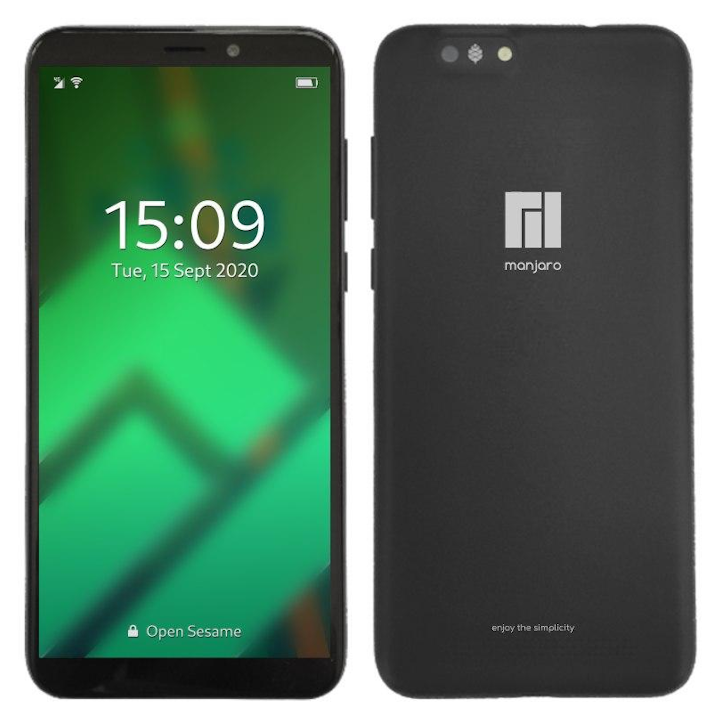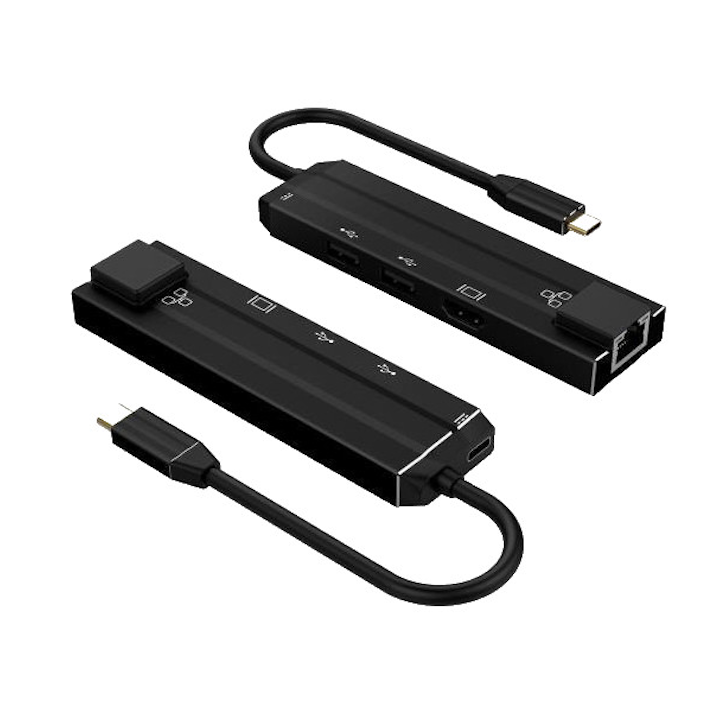!!!DISCLAIMER!!!
The content of this article is no longer up to date, as Pine64 has discontinued the device! This is a repost of an old article, with some added thoughts and reflections on Pine64 from a long-term perspective. If you’re interested, check out the section “Pine64 – 3 Years Later“ for more insights!
It’s no secret that our smartphones collect data and send it to various companies—this is something most people have come to accept. However, Pine64 recognized this issue and set out to offer a solution.
Their phone introduced a unique feature: physical kill switches that allow users to completely disable Wi-Fi, mobile data, and other communication methods at the hardware level. This approach was designed to help users take control of their privacy like never before.
At the beginning of 2020, Pine64 released the first version of its privacy-focused phone: “PinePhone Community Edition: PostmarketOS”, priced at $149.
In July 2020, they launched an upgraded model: “PinePhone Community Edition: PostmarketOS With Convergence Package”, featuring more RAM and internal storage for $199.
Interestingly, the PinePhone runs on postmarketOS, a Linux-based operating system instead of Android. However, at the time of writing, the default OS has changed from PostmarketOS to Manjaro Linux.
| PinePhone Community Edition: PostmarketOS | PinePhone Community Edition: PostmarketOS With Convergence Package | |
|---|---|---|
| RAM | 2GB | 3GB |
| ROM | 16GB | 32GB |
Unfortunately, these are the only hardware upgrades between the two models. The processor, camera, and display remain unchanged.
However, the newer model does come with an adapter that allows for simultaneous charging, HDMI output, and peripheral connections via USB, enhancing its versatility.


I’m curious to see how the future of PinePhone and postmarketOS unfolds. Will Pine64 release a new smartphone, or will the community continue improving the existing software for the current devices? Only time will tell!
Pine64 – 3 Years Later
Unfortunately, time hasn’t been too kind to the development of Pine64’s smartphones. After I wrote the original post, they released another device in 2021—the PinePhone Pro—which was marketed as a flagship at the time.
However, I absolutely can’t agree with calling it a flagship, even by two-year-old standards. So, what exactly did Pine64 offer in 2021?
To truly determine whether the PinePhone Pro deserves the title of a 2021 flagship, let’s compare it to the OnePlus 9 Pro—a true flagship released in the same year.
And as we all know, the best way to present such data is in a table:
| PinePhone Pro | OnePlus 9 Pro | |
|---|---|---|
| Network standard | 4G | 5G |
| Waterproof | NO | YES |
| Display | IPS TFT | 720×1440 px | AMOLED 120Hz | 1440×3216 px |
| Battery capacity | 3000 mAh | 4500 mAh |
| Storage | 128 GB | 128 GB or 256 GB |
| Memory | 4 GB | 8 GB or 12 GB |
| Processor | Rockchip RK3399S | Snapdragon 888 |
| Dual SIM | NO | YES |
| Main back camera | 13 Mpx | 48 Mpx |
| Front camera | 8 Mpx | 16 Mpx |
So, can we consider the PinePhone Pro a flagship phone? In my opinion—absolutely not!
“But Syhmac, surely it’s much cheaper!”
Yes, it is cheaper. The PinePhone Pro launched at $400, while the OnePlus 9 Pro was priced at $600.
Let’s be honest—$400 for a phone with these specs is absurd, both today and even two years ago. For the same price, you could get a solid mid-range phone or even a Xiaomi device with specs comparable to the OnePlus 9 Pro. PinePhone Pro simply doesn’t compete in the flagship category—it’s a niche device for a very specific audience
So, does Pine64 have any chance of making an impact on the smartphone market? Not at all!
Given that they haven’t introduced anything new since then, it’s pretty clear they’ve probably given up. I’m not surprised, though, as they demanded way too high prices for what you were getting in terms of hardware.
Their only selling point was that their phones ran on Manjaro Linux, not Android. But that’s just not a strong enough reason for most consumers to spend $400 on a phone with specs that feel like they belong to 2018.
Ultimately, Pine64 seems to have misjudged the market—consumers are looking for a lot more than just a Linux-based OS at that price point.
Conclusion
I don’t foresee Pine64 having any success in the smartphone market either, and honestly, I don’t think that’s a tragedy for anyone.
Their focus on privacy and Linux was appealing to a small niche, but in terms of mainstream appeal, they missed the mark. Consumers today want high performance, smooth user experiences, and more than just an alternative OS—and Pine64 couldn’t offer that at the price they were asking.
Ultimately, it’s a niche market that doesn’t justify the large investment they needed to make to compete on a larger scale.

Leave a Reply